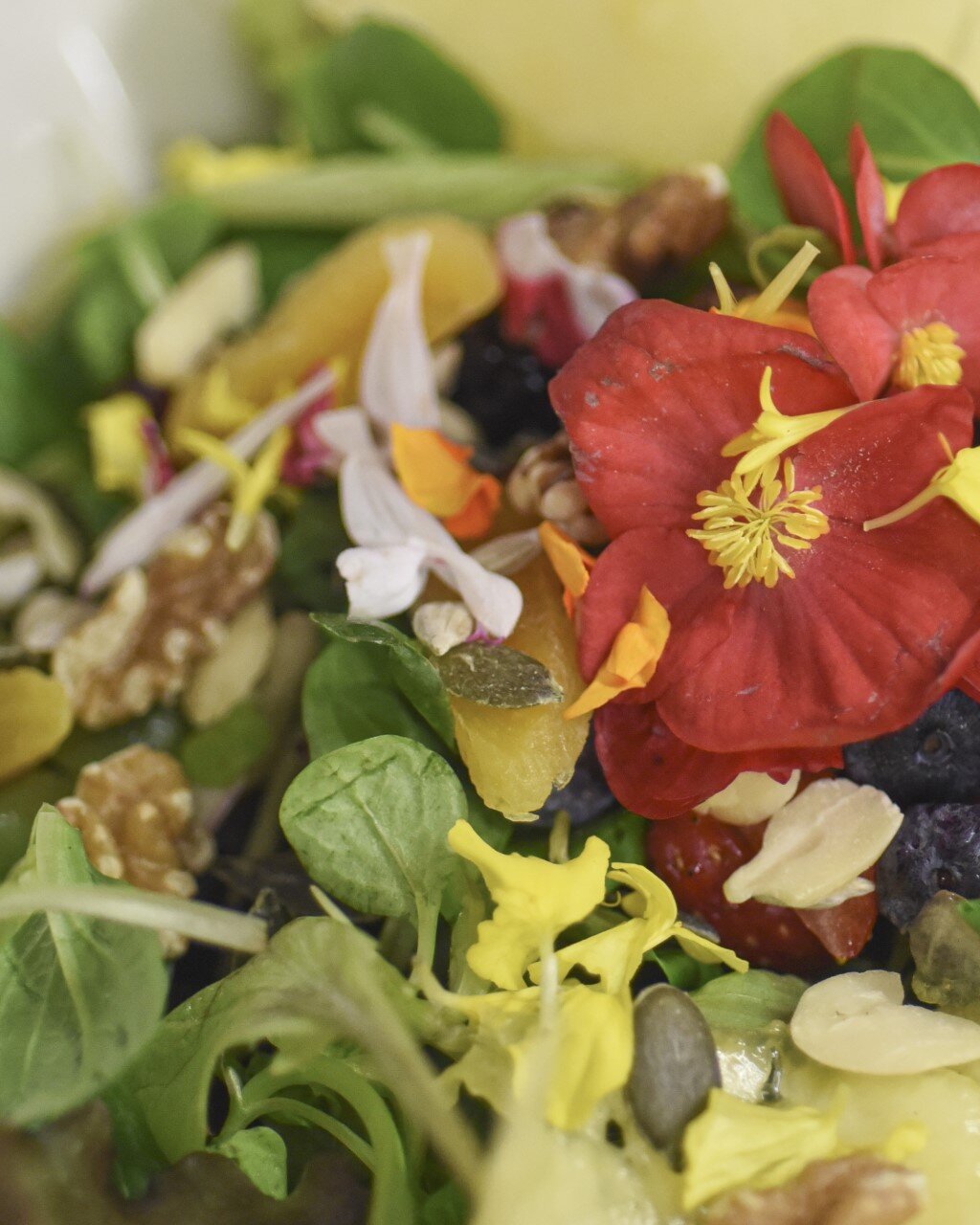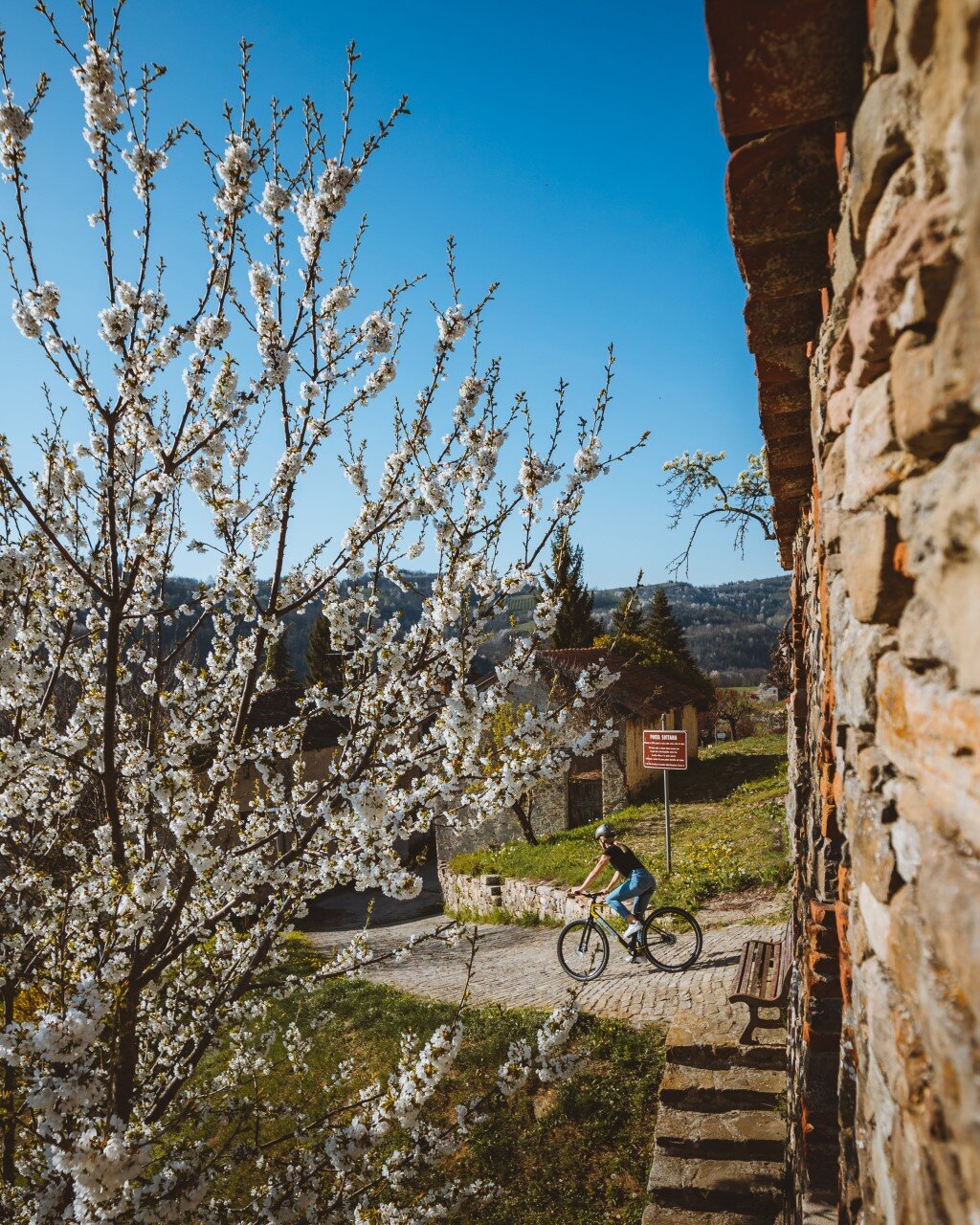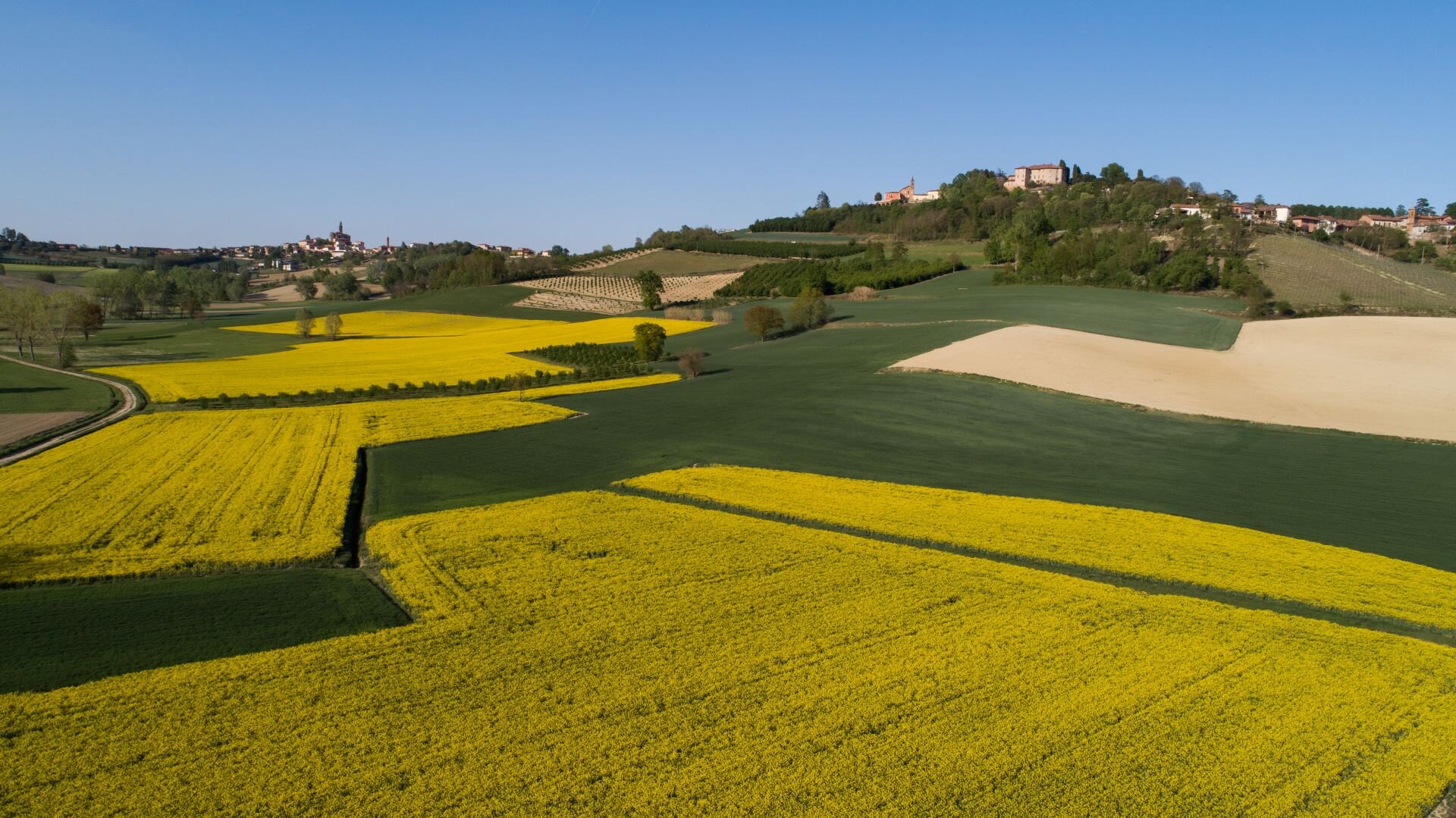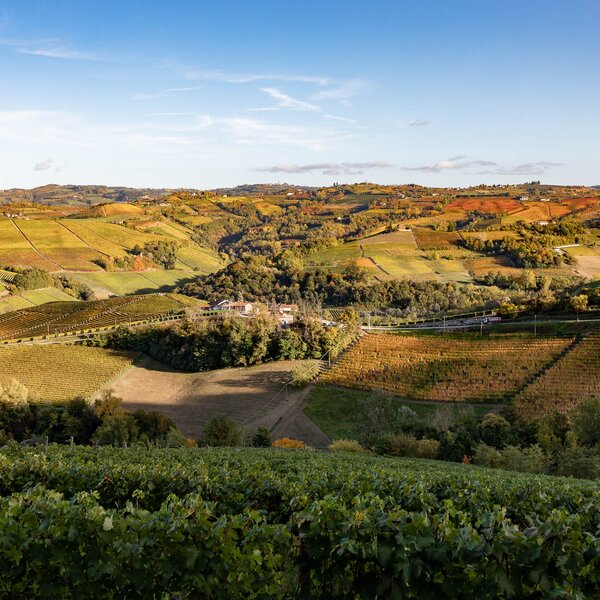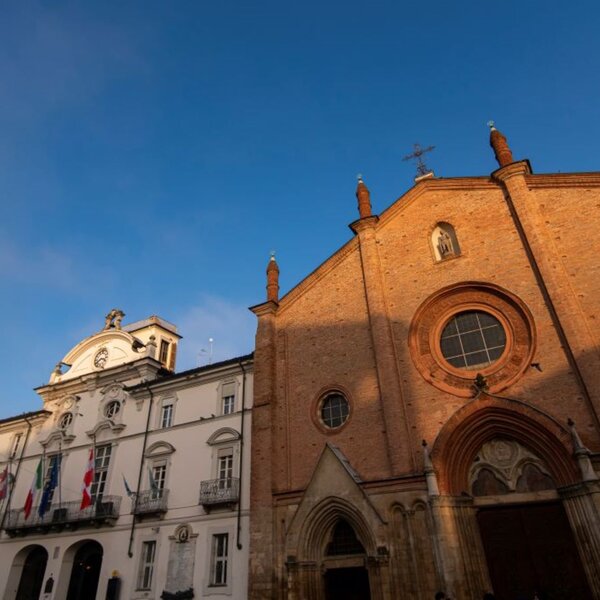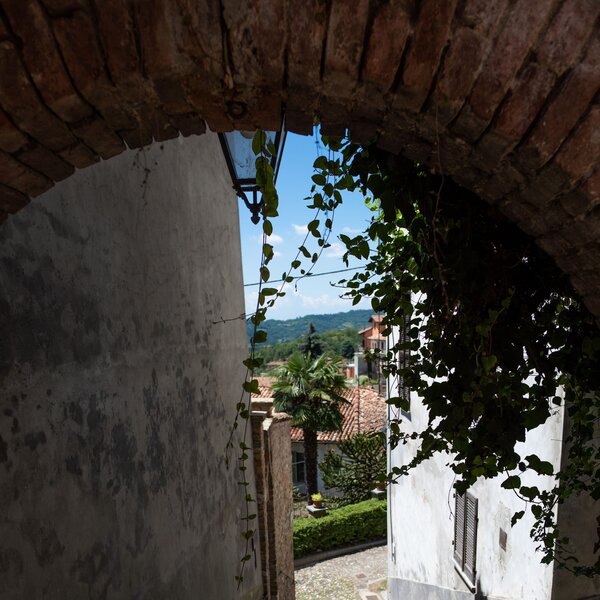Discover Monferrato
Between the Sea of Hills and the Po Plain, history, art, traditions and craftsmanship coexist immersed in an extraordinary landscape
Discover food and wine made of excellent wines (Barbera, Ruchè, Spumante, to name just a few) and precious recipes recovered from the most authentic tradition. Explore the circuit of Romanesque churches and discover the high cultural offering of Asti museums, let yourself be charmed by the UNESCO Underground Cathedrals and the splendor of Astesana, historically a group of municipalities, today a wine route
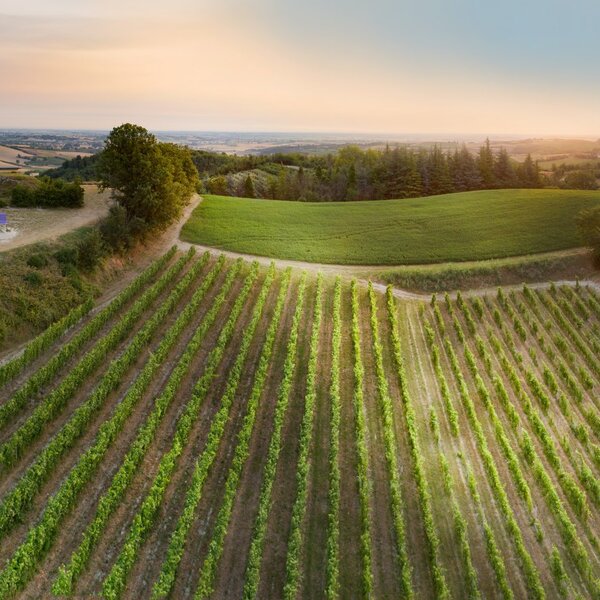
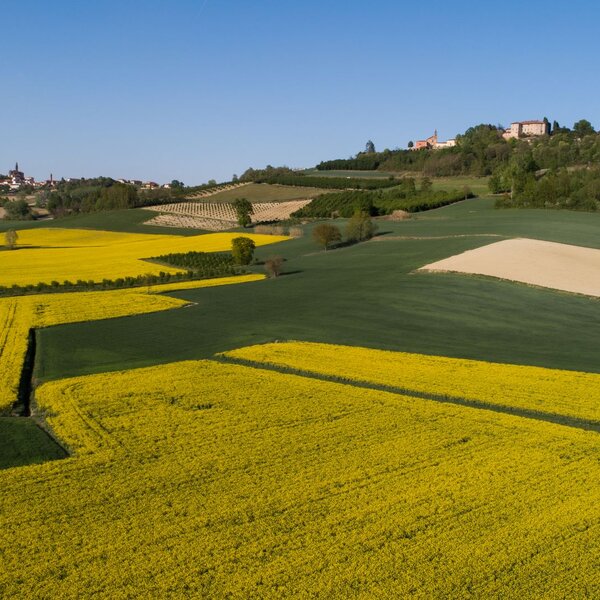
Esperiences
Immersive activities to experience the passion that pervades Monferrato and the hearts of its people
Discover the Experiences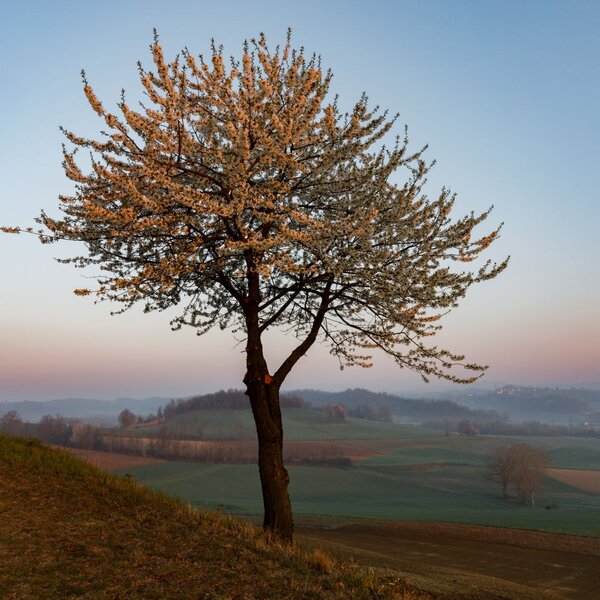
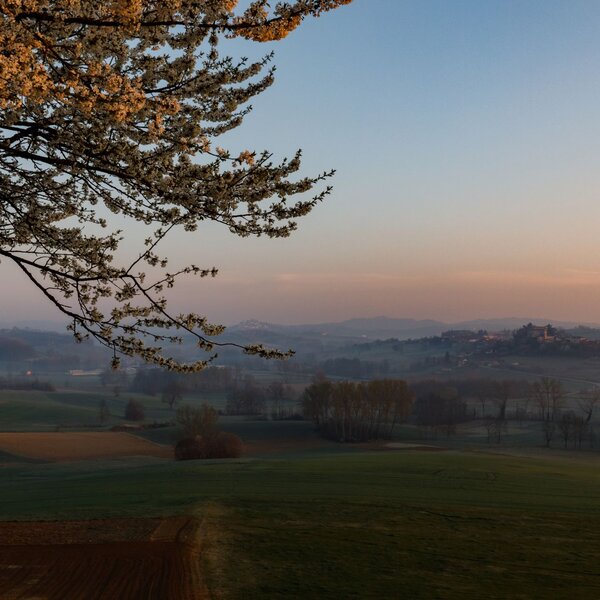
Weather and Webcam Monferrato
${locality.meteo.localityName}$ - Webcams
Your Vacation
Plan where to sleep, where to eat, what to do and visit in every corner of Langhe Monferrato Roero, with a real time eye on the weather
